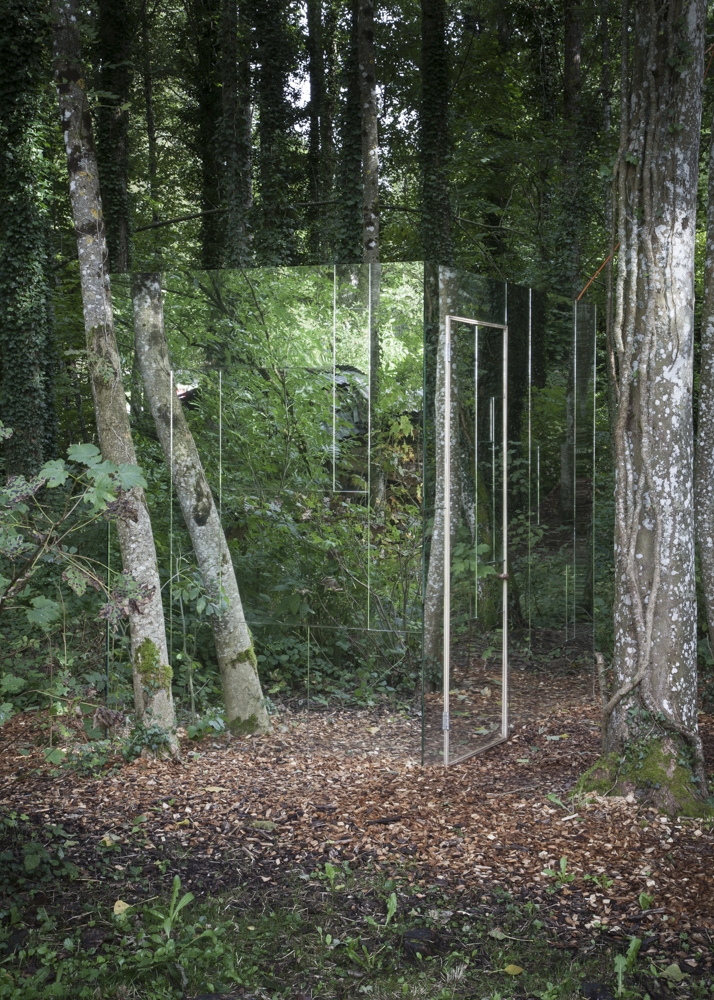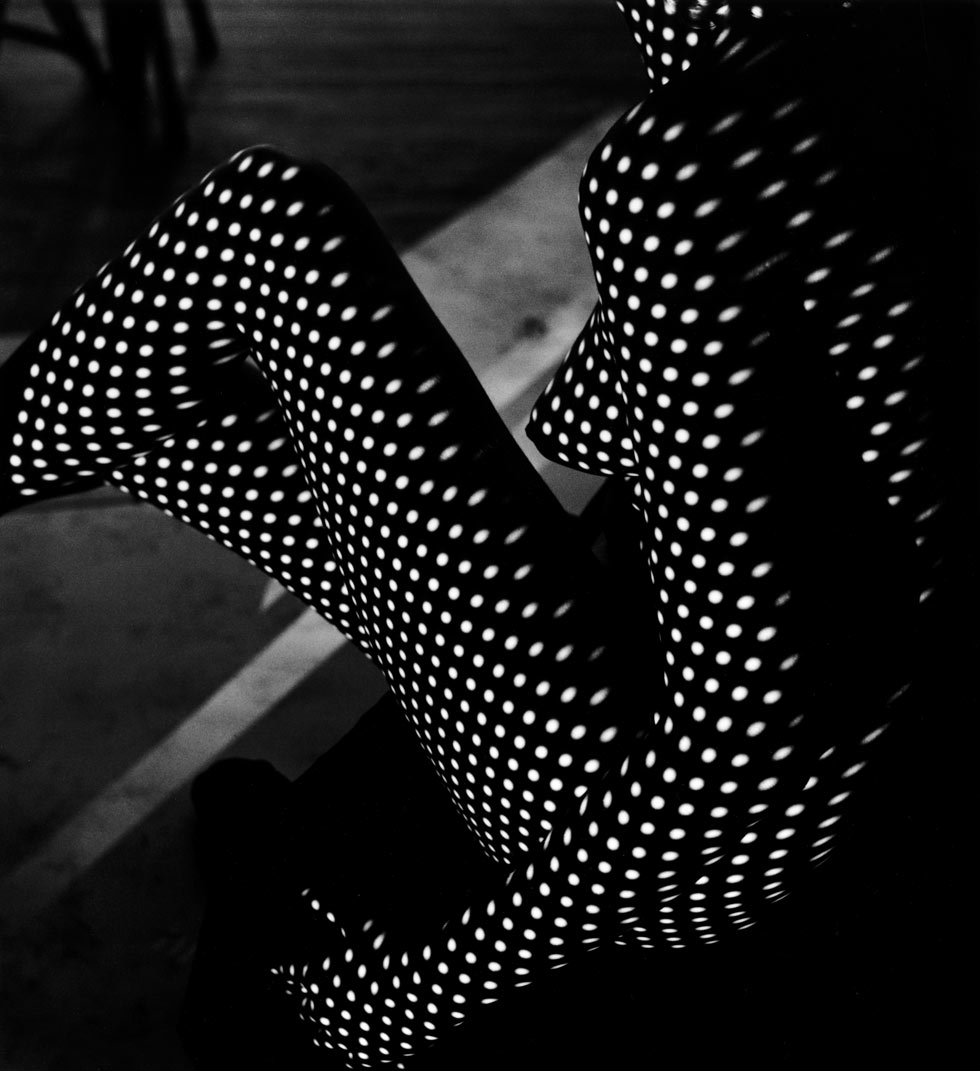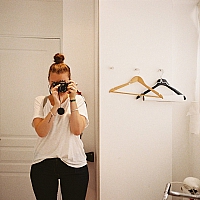
© Delphine Burtin
Expositions du 10/9/2015 au 24/10/2015 Terminé
Benrubi Gallery 521 West 26th Street 2nd floor NY 10001 New York États-Unis
Benrubi Gallery is pleased to announce the first show of photographs in the United States by Swiss-French artist Delphine Burtin. Simon Baker of the Tate Modern has called Burtin's work "seductive and highly intelligent.”Benrubi Gallery 521 West 26th Street 2nd floor NY 10001 New York États-Unis
Duchamp's readymades meet Burroughs' cut-ups in Encouble.
Merging photography with collage and construction, Burtin’s art blurs the line between image and sculpture, between intention and, in the artist’s phrase, “accident.” Dynamic geometries, by turns as playful as Paul Klee and somber as Agnes Martin, gloss an illusion of order over images whose fluid forms continually invite and rebuff identification and interpretation. Some subjects are photographed as still lives, their status as objects—indeed, as shapes—undermined by deft choices of composition, angle, light. Others are intensely reworked—manually manipulated, photographed and rephotographed until the original object (if such a concept even applies here) is subsumed beneath layers of abstraction. The photographs become object and subject both: mysterious chromatic arrangements whose Benjaminian aura persists even as the they cohere and dissolve into and out of quotidian solidity, or familiar artifacts whose materiality becomes increasingly conjectural under what Duchamp might call retinal examination. Antiheroic in scale, semiotically monumental, and suffused with a wry wit both philosophical and visual in nature, these remarkable transubstantiatations audaciously efface the noumenal world while simultaneously adding to it.

© Fernand Fonssagrives
Also on display in the Project Space: Light Perspectives, a selection of images from renowned mid-century “beauty photographer” Fernand Fonssagrives. While it’s tempting to describe the subject of these seminal images as the intersection of light and the female body, it’s more accurate to describe them as images that function on two discrete levels: an unabashedly erotic delight in the body of Fonssagrives’s first wife, Swedish dancer Lisa Bergstrom, and rigid patterns of light and shadow given unexpected subtlety when projected against a curved form. Though dating from the late ’30s to early ’50s and made with conventional photographic processes, these images are as fresh and rewarding as any digitally enhanced photograph being made today.


